The workout is over, you’re covered in sweat, and your muscles are burning.
Now the real work begins as your metabolic machinery sets about repairing, rebuilding, and growing.
Here, we discuss our top tips to enhance workout recovery to support healing and help you keep crushing it in the gym day in and day out.

Support Recovery & Growth
LPrimeval Labs Creatine supplies 5 grams of pure creatine monohydrate to support athletic performance, lean mass gains, and muscle recovery from intense physical activity.
Why is Workout Recovery Important?
It’s often believed (incorrectly) that when we’re cranking away in the gym is when our bodies are growing. However, it’s in the minutes, hours, and days after training that our bodies actually do the real recovery and growth.
The reason for this is that training damages muscle fibers and creates microscopic tears in them. It is the time spent resting and recovering that allows your body to repair all of the damaged muscle tissue, ensuring you hit your next training session stronger than before.
Failure to take workout recovery seriously can:
- Impair future athletic performance
- Reduce muscle growth
- Increase the likelihood of injury or overtraining.
Basically, if you want to perform to the best of your abilities and see the best results possible from your time spent in the gym each week, prioritizing workout recovery is a must.
With that being said, let’s now take a look at some of our favorite workout recovery tips and methods.
6 Tips for Better Workout Recovery
It All Starts with Diet
When it comes to accelerating workout recovery, many individuals are quick to ask what supplements can help with recovery.
And while there are a few post workout recovery supplements that have been shown to improve recovery from exercise and reduce muscle soreness, they truth is that the benefits these supplements may provide will be next to nothing if you have a poor diet.
Building a nutrition plan that supports your training and workout recovery begins with consuming enough total calories each day.
Calories supply the body with the energy it needs to fuel the metabolic machinery that performs the repair and growth. Calories also help replenish energy stores that are depleted during intense exercise.
If you need help figuring out how many calories do I need to eat each day, click here.
While simply consuming enough total calories will go a long way to supporting workout recovery, you can “optimize” things a bit more by portioning a certain amount of your calories to each of the three main macronutrients -- protein, carbohydrates, and fat.
When you’re looking to improve workout recovery, the two macronutrients of greatest concern are protein and carbohydrates.
The reason for this is that protein supplies your body with the building blocks (amino acids) it needs to repair damaged muscle tissue and build new muscle. The body also uses protein to create enzymes, neurotransmitters, and hormones, such as growth hormone and insulin.
Furthermore, several studies have shown that having a post workout recovery shake that includes whey protein supports better recovery and muscle growth.[1,2,3]
Carbohydrates supply the body with glucose, which can be used immediately to fuel all the metabolic processes that are involved with recovery. They can also be used to replenish muscle glycogen -- the primary energy source for skeletal muscles during intense exercise.
Additionally, carbohydrate-rich foods, such as fruits and starchy vegetables, are packed with vitamins, minerals, and antioxidants, all of which aid in repairing the damage done to our cells during exercise. And, they also help neutralize free radicals that are generated during training.
Also worth noting is the fact that carbohydrates also influence molecular signalling pathways, such as Akt and mTOR, which affects cellular growth and adaptation to resistance training, and they also promote an anabolic hormonal environment by increasing insulin.[4]
Increasing insulin levels post workout has the added benefits of boosting uptake of amino acid by skeletal muscles and reducing protein degradation.
Now, regarding dietary fat intake and workout recovery, it won’t do much for enhancing recovery efforts. Fat doesn’t significantly impact insulin levels, but it can slow down the rate of digestion, increasing the length of time it takes for the carbohydrates and protein ingested to reach the bloodstream.
So, if you want to have some dietary fat in your post workout meal go ahead, but it won’t do much to improve glycogen repletion or protein synthesis.
Assuming you have proper workout recovery nutrition in place, we proceed to the next most important thing you need to address concerning workout recovery.
Get Enough Sleep (7-9 Hours Per Night)
Whether you want to build muscle fast, lose stubborn belly fat, or perform to your best (mentally and physically), you must get enough sleep.
The reason for this is that it is when we sleep that our bodies do the brunt of the repair, recovery and growth.
Not getting enough sleep severely impairs cognitive and physical performance, and it also reduces motivation -- increasing the chances that you’ll skip your training session the day after a poor night’s sleep.
Poor sleep also impacts insulin sensitivity, hunger hormones, and food choices, where we tend to feel hungrier during the day and have a propensity to crave fatty, salty, and high-calorie foods.
Sleep deficiency also reduces testosterone levels and increases cortisol levels. In case you’d forgotten, cortisol is a catabolic hormone that causes protein breakdown.
If you’re struggling to recover from you workouts, and you’ve already taken care of things in the kitchen, do a quick self-check on your sleep hygiene and see if it needs tweaking. Getting a solid 7-9 hours of sleep each night will do far more for workout recovery than just about anything else you can do (including the other tips outlined in this article).
Get a Massage
Beyond diet and sleep, there are a number of other measures you can take to accelerate workout recovery.
One of the most popular and effective ways to improve workout recovery is by getting a massage.
Anyone who has ever gotten a massage before can attest that they are incredibly relaxing.
Manual therapy can help loosen up sore and tight muscles as well as increase oxygen and blood flow throughout the body, which enhances the delivery of vital nutrients (carbohydrates and amino acids) used to repair muscle tissue.
Interestingly, a 2018 meta-analysis found that “Massage seems to be the most effective method for reducing DOMS (delayed onset muscle soreness) and perceived fatigue.”[5]
Yoga
Yoga has been practiced for thousands of years by those looking for a means to unify the mind, body, and spirit. The combination of bodyweight exercises and an inward focus on the breath make the practice of yoga something unto itself.
When first starting out, most people view yoga as an incredibly challenge of balance, strength, coordination, and patience due to the unique challenges it places on your mental and physical abilities.
In time though, as an individual progresses in their practice, it’s not uncommon for yoga to serve as a means to reduce stress, anxiety, or pain.
In fact, research has found that yoga may be an effective method to enhance workout recovery, as it can enhance sleep, overall well-being, and quality of life.[6]
Take a Bath
It’s common practice to “hit the showers” after a hard training session or team practice, but taking a bath after your workout, may be just the think you need to enhance workout recovery.
Two of the most popular methods involve epsom salt baths and ice water baths for their ability to reduce muscle soreness and promote recovery.
While ice baths were all the rage a few years ago, research shows that the impact of cold water immersion on DOMS is minimal.[5]
However, the same study did find that contrast water therapy (CWT) had a significant impact on DOMS.[5]
In case you weren’t aware, contrast water therapy involves rotating between bathing in warm water and cold water.
Researchers believe that the soreness-reducing effects of contrast water therapy may be attributed to alternating vasoconstriction and vasodilation of blood vessels. This widening and narrowing of blood vessels may reduce the swelling after exercise, as well as affect inflammatory biomarkers (such creatine kinase) and decrease the perception of pain.[5]
Rest and Recovery (Active Recovery)
The importance of taking time away from the gym for proper rest and recovery can’t be emphasized heavily enough.
Remember, training in the gym merely provides the stimulus the body needs to grow, it doesn’t actually build muscle. The time spent outside of the gym is when your body repairs, recovers, and grows.
Now, rest is not to be confused with sleep, though we understand the confusion.
Rest can be passive or active.
An example of passive rest could be something as simple as laying in bed watching TV or reclining on the sofa to read a book. It could also mean something along the lines of meditation, prayer, or sipping a cup of tea by the fire.
Active rest usually consists of low impact, low stress activity that involves the individual doing something physical in nature to increase circulation and promote blood flow to the muscle to help them heal quicker. Examples of active recovery include walking, hiking, stretching, and yoga.
What About Workout Recovery Supplements?
As we mentioned above, certain supplements have been shown in research to help reduce muscle damage, decrease muscle soreness, and promote recovery.
At the top of this list is protein.
We’ve already discussed the importance that consuming enough protein plays in supporting your body’s recovery efforts.
Due to this, many people choose to have a whey protein shake immediately after their workout.
Plus, research suggests that whey protein powder is a particularly good post workout recovery meal.[7]
Our preferred whey protein powder is Primeval Labs ISOLIT which supplies 25 grams of high-quality protein from cold-filtered whey protein isolate.
Another great supplement to enhance workout recovery is the “king” of bodybuilding supplements -- creatine monohydrate.
In addition to its muscle-building benefits, creatine also has some research noting its ability to reduce muscle damage and soreness.[8]
In other words, no matter if you want to build muscle, boost performance, or enhance recovery, creatine should be at the top of anyone’s supplement list. It’s incredibly well-studied, effective, and safe.
Our preferred creatine supplement is Primeval Labs Creatine which supplies 5 grams of high-quality creatine monohydrate in every serving.
The Bottom Line on Workout Recovery
If you want to perform to the best of your abilities and seek the biggest return from your time spent in the gym, you need to prioritize workout recovery.
Before looking at post workout recovery supplements, make sure you’re consuming enough protein and calories as well as getting enough sleep and rest.
Beyond that, you can look into massage, yoga, or Epsom salt baths to help reduce soreness and accelerate recovery.
In terms of supplements, whey protein powder and creatine monohydrate have both been shown to be among the best post workout recovery supplements
References
- Pasiakos, S. M., Lieberman, H. R., & McLellan, T. M. (2014). Effects of protein supplements on muscle damage, soreness and recovery of muscle function and physical performance: a systematic review. Sports Medicine (Auckland, N.Z.), 44(5), 655–670. https://doi.org/10.1007/s40279-013-0137-7
- Cintineo HP, Arent MA, Antonio J, Arent SM. Effects of Protein Supplementation on Performance and Recovery in Resistance and Endurance Training. Front Nutr. 2018;5:83. Published 2018 Sep 11. doi:10.3389/fnut.2018.00083
- West DWD, Abou Sawan S, Mazzulla M, Williamson E, Moore DR. Whey protein supplementation enhances whole body protein metabolism and performance recovery after resistance exercise: a double-blind crossover study. Nutrients (2017) 9:735. 10.3390/nu9070735
- Gee, Thomas I., et al. "Effectiveness of Whey Protein Hydrolysate and Milk-Based Formulated Drinks on Recovery of Strength and Power Following Acute Resistance Exercise." Journal of Human Kinetics, vol. 68, no. 1, 2019, pp. 193-202.
- Dupuy O, Douzi W, Theurot D, Bosquet L, Dugué B. An Evidence-Based Approach for Choosing Post-exercise Recovery Techniques to Reduce Markers of Muscle Damage, Soreness, Fatigue, and Inflammation: A Systematic Review With Meta-Analysis. Front Physiol. 2018;9:403. Published 2018 Apr 26. doi:10.3389/fphys.2018.00403
- Woodyard C. Exploring the therapeutic effects of yoga and its ability to increase quality of life. Int J Yoga. 2011;4(2):49–54. doi:10.4103/0973-6131.85485
- Tang, J. E., Moore, D. R., Kujbida, G. W., Tarnopolsky, M. A., & Phillips, S. M. (2009). Ingestion of whey hydrolysate, casein, or soy protein isolate: effects on mixed muscle protein synthesis at rest and following resistance exercise in young men. Journal of Applied Physiology (Bethesda, Md. : 1985), 107(3), 987–992. https://doi.org/10.1152/japplphysiol.00076.2009
- Bassit, R. A., Pinheiro, C. H. da J., Vitzel, K. F., Sproesser, A. J., Silveira, L. R., & Curi, R. (2010). Effect of short-term creatine supplementation on markers of skeletal muscle damage after strenuous contractile activity. European Journal of Applied Physiology, 108(5), 945–955. https://doi.org/10.1007/s00421-009-1305-1


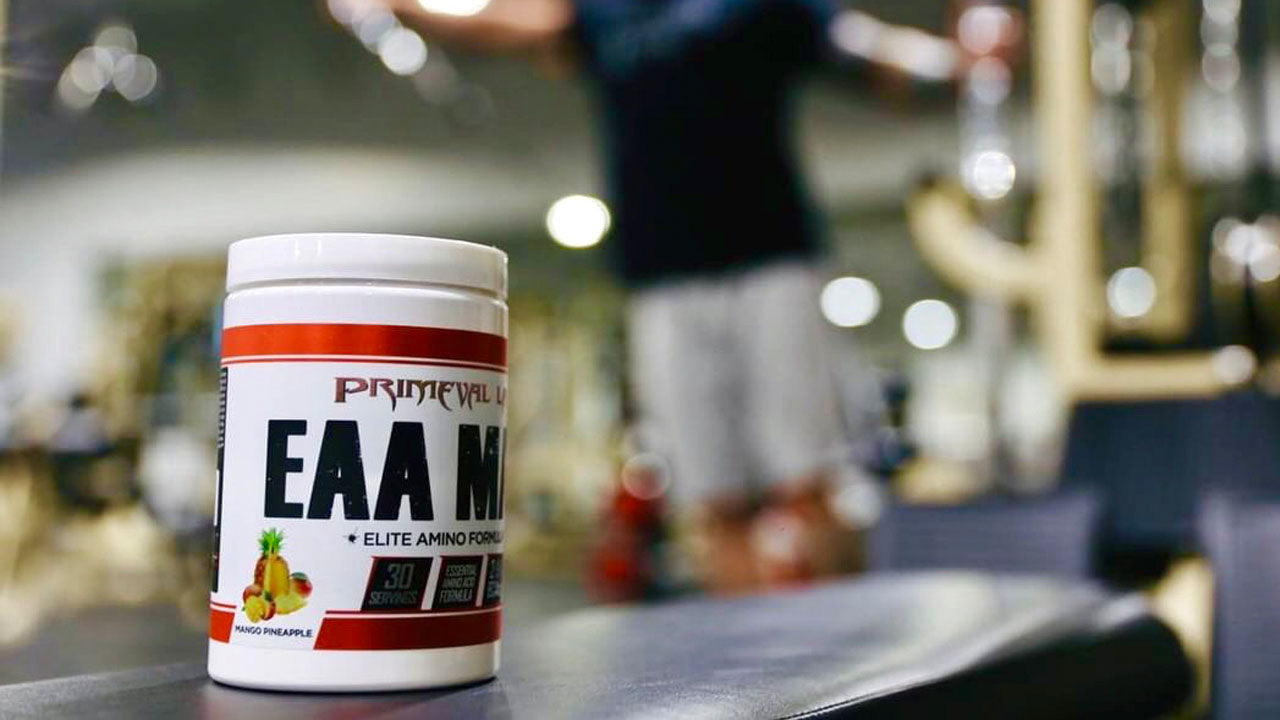





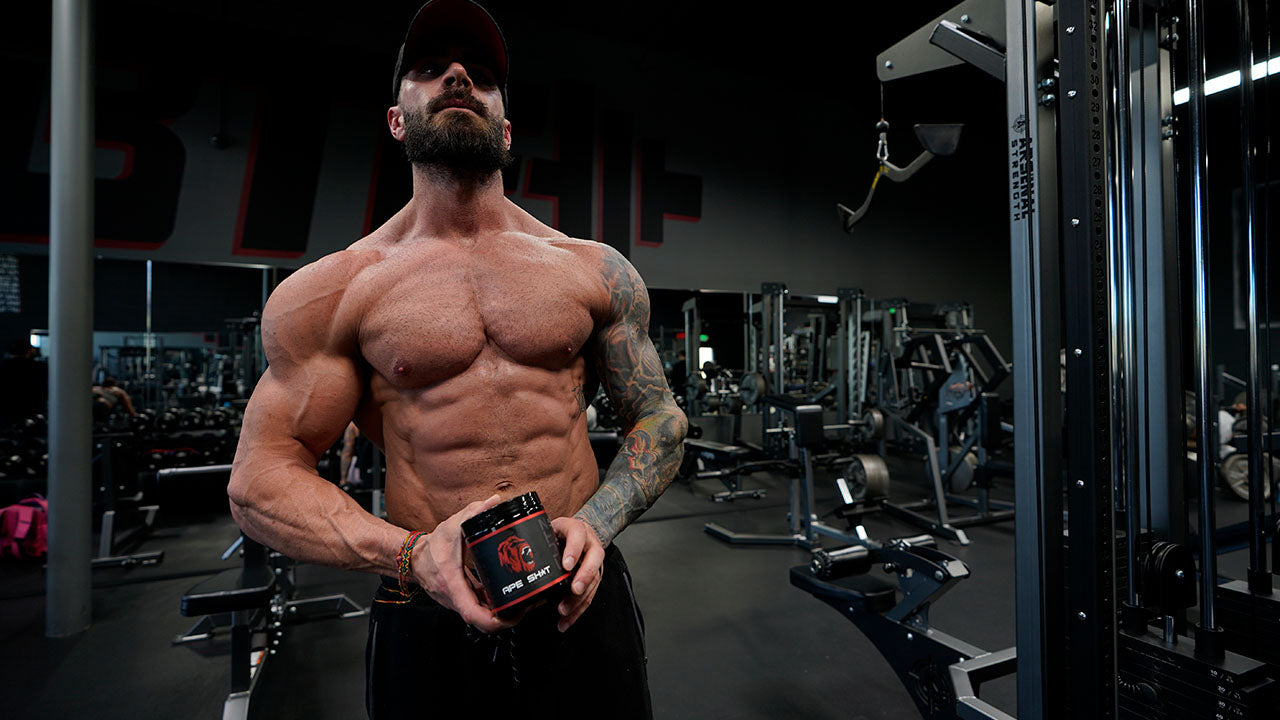
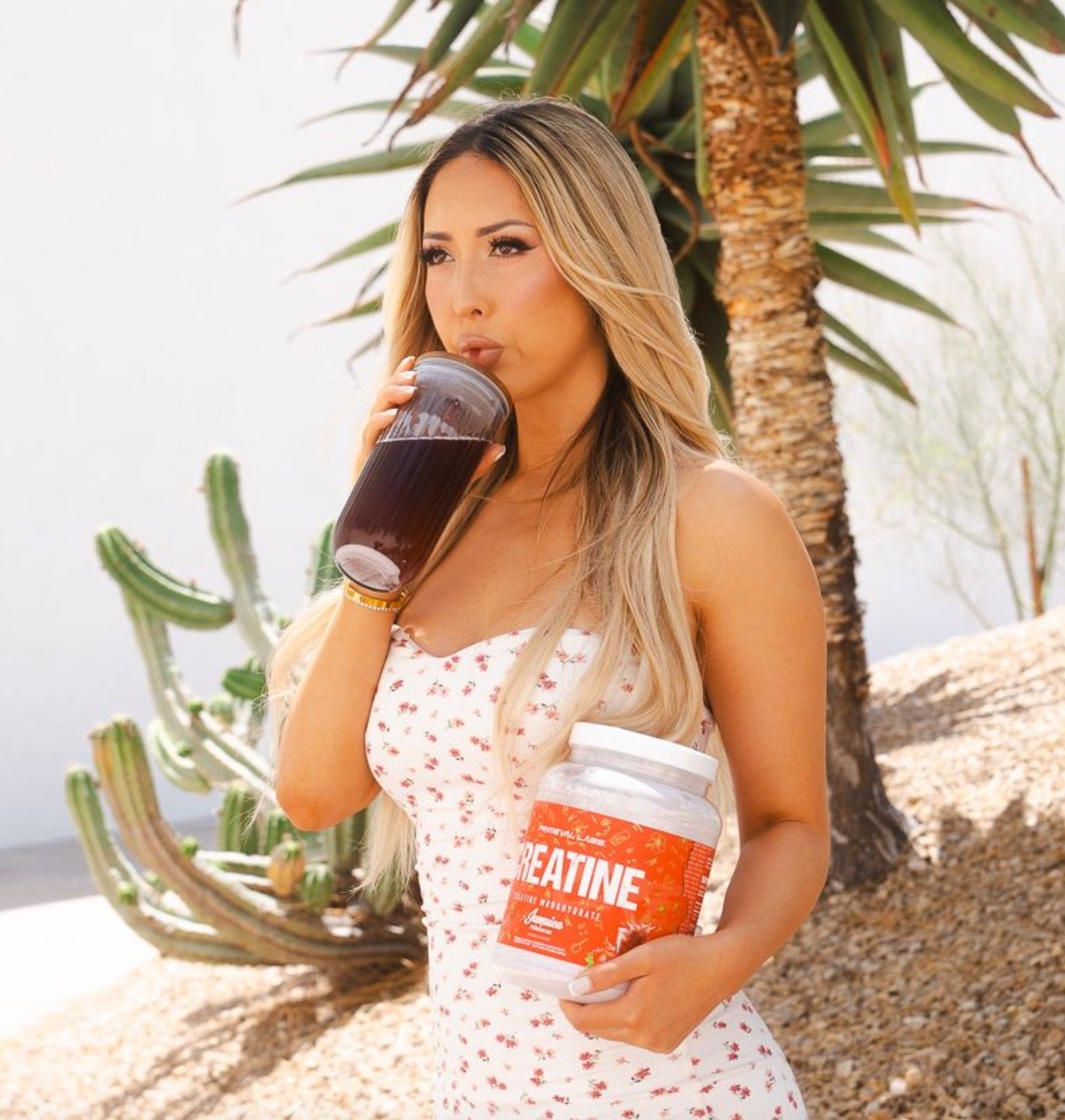
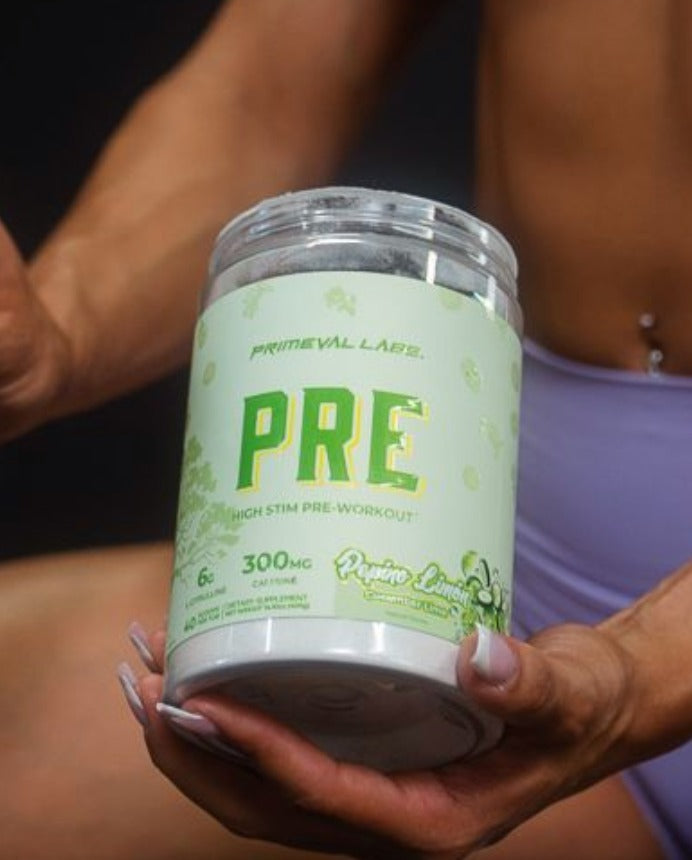
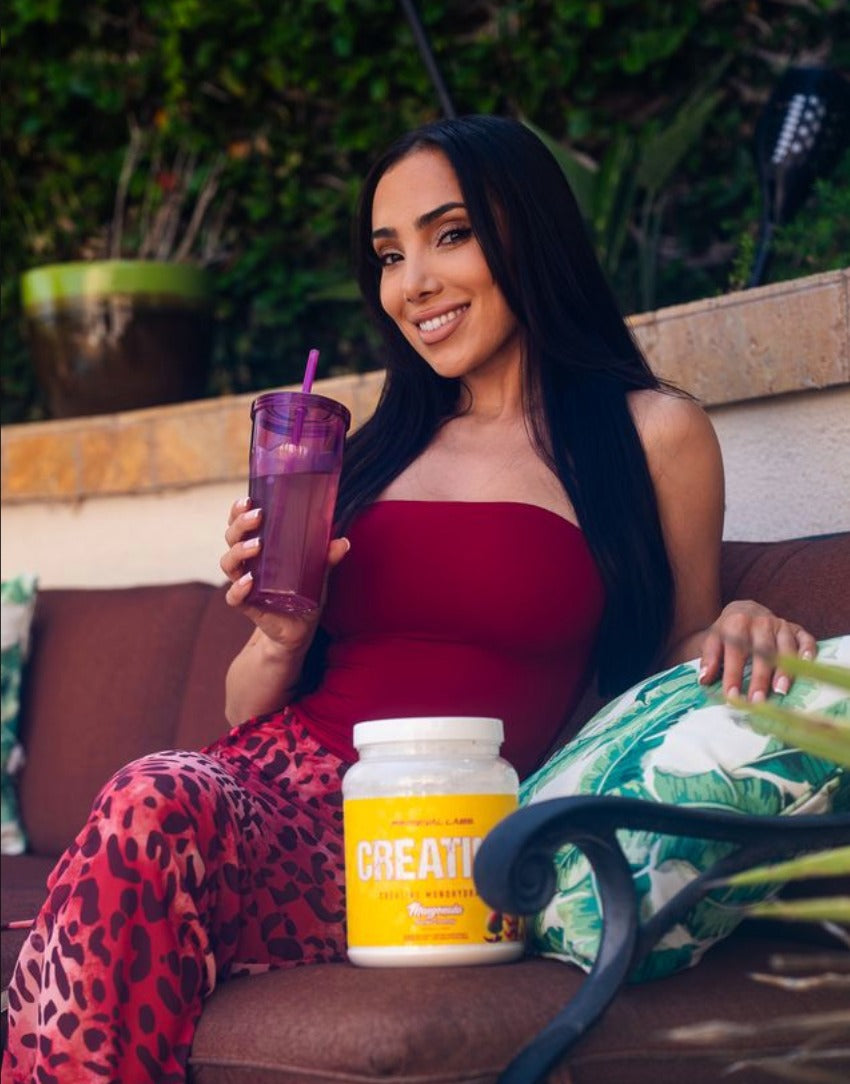

Leave a comment
This site is protected by hCaptcha and the hCaptcha Privacy Policy and Terms of Service apply.